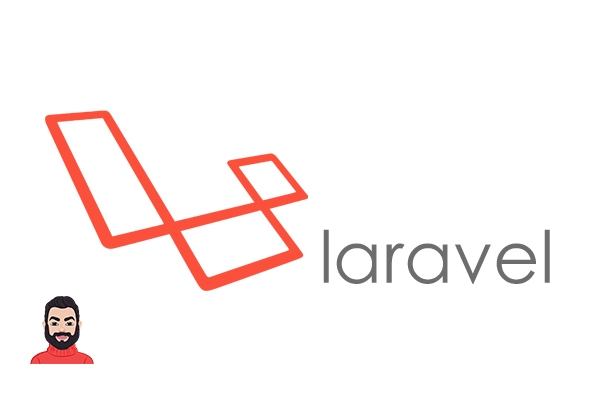Are you working on a Laravel project and need to set the America time zone for your application? Laravel's default timezone is UTC, but you can easily adjust it to match the time zone you need. In this guide, we'll walk you through the process step by step, ensuring your Laravel application displays and processes time according to the America/New_York time zone.

Step 1: Open the Laravel Configuration
The first step is to open your Laravel project's configuration. You can achieve this in one of three ways: by modifying the config/app.php file, using environment variables in the .env file, or creating a custom configuration file named timezone.php.
Method 1: Modifying config/app.php
Open the
config/app.phpfile.Locate the
timezoneoption, which is initially set to 'UTC.'Change the timezone to 'America/New_York' (or your preferred America time zone).
Save the file.
Method 2: Using Environment Variables (.env)
Open the
.envfile.Find the
APP_TIMEZONEoption, which is initially set to 'UTC.'Update
APP_TIMEZONEto 'America/New_York' (or your desired America time zone).Save the file.
Method 3: Creating a Configuration File
Create a new configuration file named
timezone.phpin yourconfigdirectory.Add the following code to the
timezone.phpfile:
<?php
return [
'timezone' => 'America/New_York',
];Save the file.
Open the
config/app.phpfile and replace thetimezoneoption with'timezone' => config('timezone.timezone').
By following these steps, you've successfully changed the timezone of your Laravel application to "America/New_York." Your application will now display and process time according to the desired America time zone.
Conclusion
Changing the timezone in Laravel is a straightforward process, whether you prefer to modify the configuration file, use environment variables, or create a custom configuration file. By setting the America time zone, you ensure that your application handles time-related operations accurately and in line with your specific requirements.
For more Laravel tips and tutorials, explore our blog and stay tuned for updates!
please feel free to comment or mail me hello@rathik.dev for any queries.

